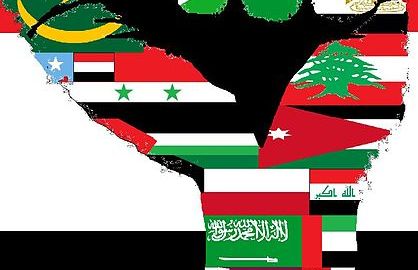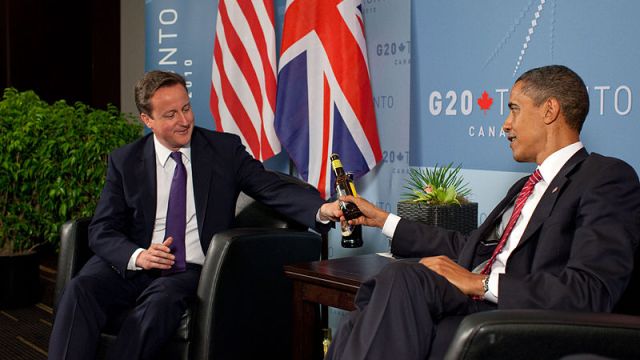What Caused the Arab Spring?

What’s the Latest Development?
French social scientist Emmanuel Todd calls himself a “cosine academic”. In favoring statistical models over political or ideological explanations, it is not surprising that he links the uprisings across the Middle East and North Africa to very measurable metrics: literacy, birth and marriage rates. In each case he sees a process of modernization that augments individuals’ liberties. “When more than 90 percent of young people can read and write and have a modicum of education, no traditional authoritarian regime will last for long.”
What’s the Big Idea?
In seeking to explain the Arab Spring, idealists have appealed to a pan-Arab desire for democratic ideals while materialists have blamed Arab economies for being highly vulnerable to inflation and recently rising food prices. But Todd sees it another way: “The basic fallacy consists in seeing the ideological or religious crises in the Islamic countries as phenomena of regression. On the contrary, these are crises of a modernization that destabilize the ruling regimes. The fact that the turmoil in the region and the advance of fundamentalism are coinciding is a classic phenomenon.”





